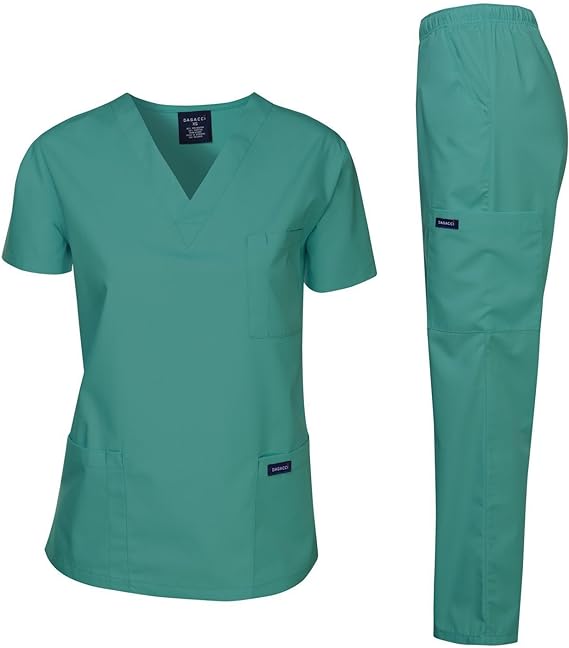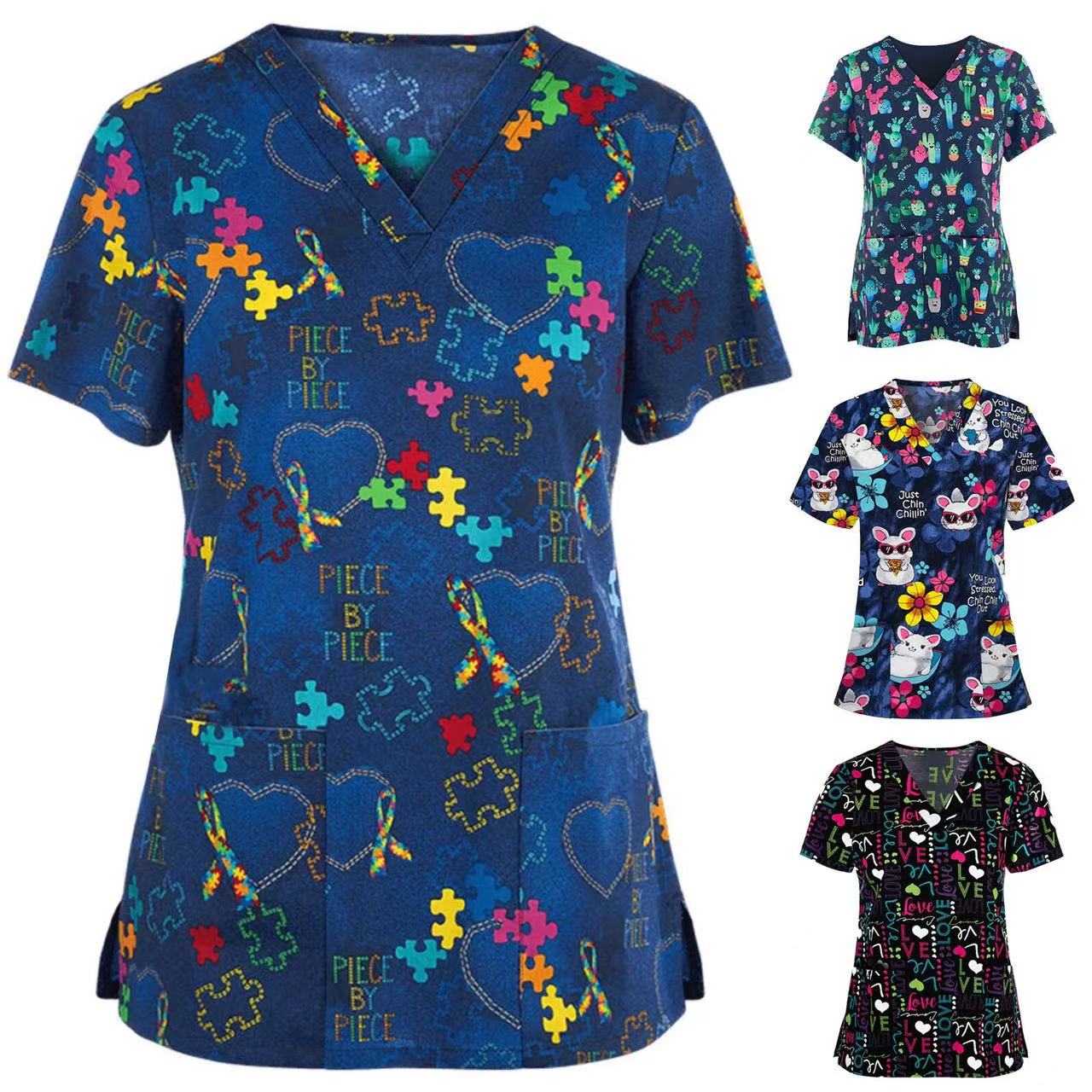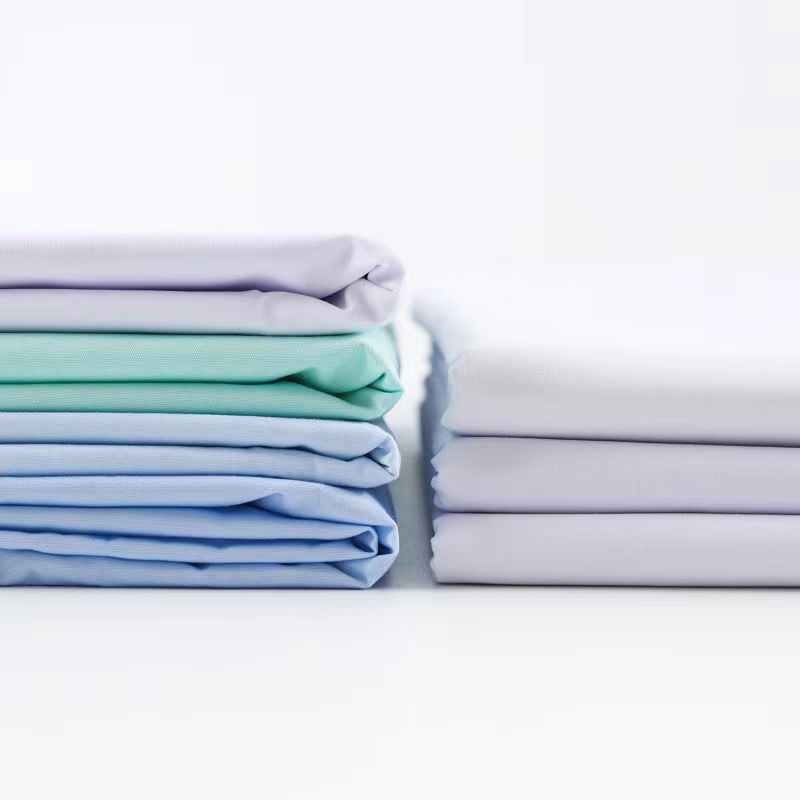High-Performance Fabrics for Nurse Uniforms and Surgical Gowns
Popular Fabric Compositions, Specifications, and Weaving
The fabrics for medical uniforms and surgical gowns vary widely and primarily include the following types, lightweight and comfortable between 150-200GSM (such as yarn count 21×21, 32×32, 24×24):
1. Cotton
- Properties: Breathable, comfortable, excellent moisture absorption and sweat-wicking
- Drawbacks: Wrinkles easily, not very durable, lacks elasticity
2. Polyester
- Properties: Durable, wrinkle-resistant, high color fastness, strong abrasion resistance
- Drawbacks: Slightly inferior breathability and comfort compared to cotton
3. Cotton-Polyester Blends (TC65/35, CVC50/50)
- Properties: Combines the softness and comfort of cotton with the durability and wrinkle resistance of polyester
- Common Ratios: 65% polyester to 35% cotton or 50% polyester to 50% cotton
4. Spandex Blends
- Properties: Increased elasticity, flexibility, and comfort
- Common Ratios: 95% polyester to 5% spandex or 98% cotton to 2% spandex
5. TR Fabric (Polyester Rayon Blended) (TR 65/30/5, TR70/25/5)
- Properties: Durable, comfortable, and flexible
- Applications: Widely used in medical and apparel industries
6. Printing
- Properties: Bright colors and designs that convey care and warmth
- Applications: Increasingly popular in medical uniforms to alleviate patients’ anxiety
Weaving
- Plain weave: Simple and durable, often used for medical uniforms
- Twill weave: More wear-resistant with a unique texture, suitable for environments with frequent friction
- Stretch fabric: Adding spandex or Lycra increases elasticity and flexibility
Special Treatment Processes
To meet the special needs of medical environments, nurse uniforms and surgical gown fabrics usually need to go through a series of post-treatment processes, including antimicrobial treatment, wrinkle-resistant treatment, and chlorine bleach-resistant treatment.
1. Antimicrobial Treatment
- Antimicrobial agents: Adding agents like silver ions or copper ions to reduce the growth of bacteria and pathogens
- Treatment methods: Chemical immersion or embedding antimicrobial components in the fibers
2. Wrinkle-Resistant Treatment
- Chemical treatment: Using chemicals like resins to reduce wrinkles during wearing and washing
- Mechanical treatment: Special weaving techniques or physical methods to enhance wrinkle resistance
3. Chlorine Bleach-Resistant Treatment
- Chlorine resistance: Adding agents to polyester fibers to reduce damage from chlorine bleach
- Color fastness: Using high-quality dyes and special dyeing processes to maintain vibrant colors
Conclusion
Choosing suitable nurse uniforms and surgical gown fabrics can improve the efficiency and comfort of medical staff while enhancing the hygiene levels of the medical environment. By combining various fabric compositions, appropriate specifications, and advanced post-treatment processes, it is possible to produce high-quality medical uniforms with multiple properties such as being antimicrobial, wrinkle-resistant, and chlorine bleach resistant, meeting the stringent requirements of the medical industry. In the future, with the advancement of technology, the performance and quality of medical fabrics will further improve, providing stronger support for the development of the medical industry.

 100% COTTON FABRIC
100% COTTON FABRIC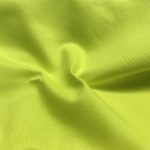 COTTON STRETCH FABRIC
COTTON STRETCH FABRIC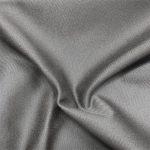 POLYESTER/COTTON FABRIC
POLYESTER/COTTON FABRIC OTHERS FABRIC
OTHERS FABRIC